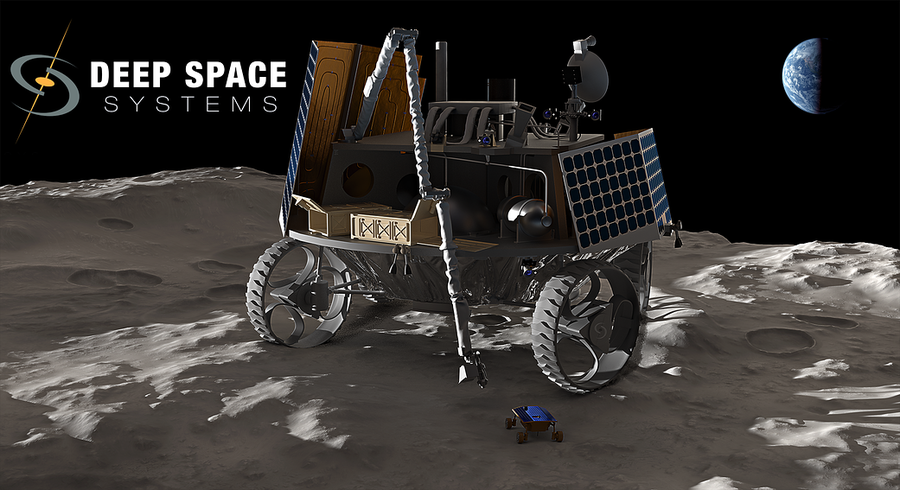NASA pushing for continuous manned presence on moon ‘within 10yrs’

Longer-term lunar residents look increasingly likely after NASA revealed plans to establish a “continuous manned presence” by partnering with nine private companies to ferry a fleet of landers to the moon.
No money has changed hands yet, but over the next 10 years Commercial Lunar Payload Services Program aims to send at least two landers to the moon per year, with an overall budget of $2.6 billion. NASA believes missions could begin as early as next year.
We are making progress in America’s return to the Moon’s surface to stay. The innovation of America’s aerospace companies, wedded with our goals in science & human exploration are going to help us achieve amazing things on the Moon & feed forward to Mars. https://t.co/1fU58EjCnD
— Jim Bridenstine (@JimBridenstine) November 29, 2018
The nine companies awarded a seat at the table are a mix of established NASA contractors, such as Lockheed Martin, and space startups like OrbitBeyond.
“Right now we’re building a space station, we call it ‘Gateway,’ that’s going to be in orbit around the moon — think of it as a reusable command module where we can have human presence in orbit around the moon,” NASA Administrator Jim Bridenstine told The Hill.
"From there we want reusable landers that go back and forth to the surface of the moon."
READ MORE: NASA releases 1st clear image from InSight probe’s mission to Mars (PHOTOS, VIDEOS)
“We think we can achieve this in about 10 years, the idea being prove the capability, retire the risk, prove the human physiology and then go on to Mars.”

NASA selects @mastenspace for Moon Deliveryhttps://t.co/0FWbpcC6LRpic.twitter.com/5fCCiBuEHp
— Masten Space Systems (@mastenspace) November 29, 2018
Bridenstine highlighted that the plan behind the lunar payload program is to start small, with scientific experiment cargo before eventually working up to manned missions.
The revived interest in the moon can be attributed in part to President Trump’s Space Policy Directive which views the moon as a vital staging area for future missions to Mars, manned or otherwise. This overturns directives laid down to NASA by the Obama administration which placed particular emphasis on Mars exploration.
NASA will publish the capabilities it needs and request proposals from the potential space suitors. Moon landers would carry scientific experiments to the lunar surface as well as scouting potential moon base locations, most likely in the darkened craters at the moon's poles that are filled with frozen water.
READ MORE: Elon Musk says there is a good chance he'll die on Mars
Most of the nine companies approved for bidding say they will not be ready to begin operations until at least 2021. Bids will be judged on “technical feasibility, price, and schedule,” however, it is important to note that none of the early lunar landers will have prospecting capabilities, so the lunar mining market may have to wait for some time.
They may encounter a few somewhat familiar faces upon arrival at the lunar surface, however; Israeli company SpaceIL is hoping to send a robotic lander with assistance from SpaceX early next year, while India and China have both announced plans to send robotic landers to the Moon in 2019.
.@TeamSpaceIL Project will Receive $7.25M Support From @ILSpaceAgency, For the landing the first #Israeli#spacecraft on the #moon and for a variety of educational projects under the responsibility of @TeamSpaceILpic.twitter.com/PHOntfp9Ez
— Israel Space Agency (@ILSpaceAgency) October 10, 2018
“The Moon is full of secrets that we don’t know yet,” Thomas Zurbuchen, who oversees scientific activities for NASA, said as cited by ARSTechnica.
Think your friends would be interested? Share this story!













